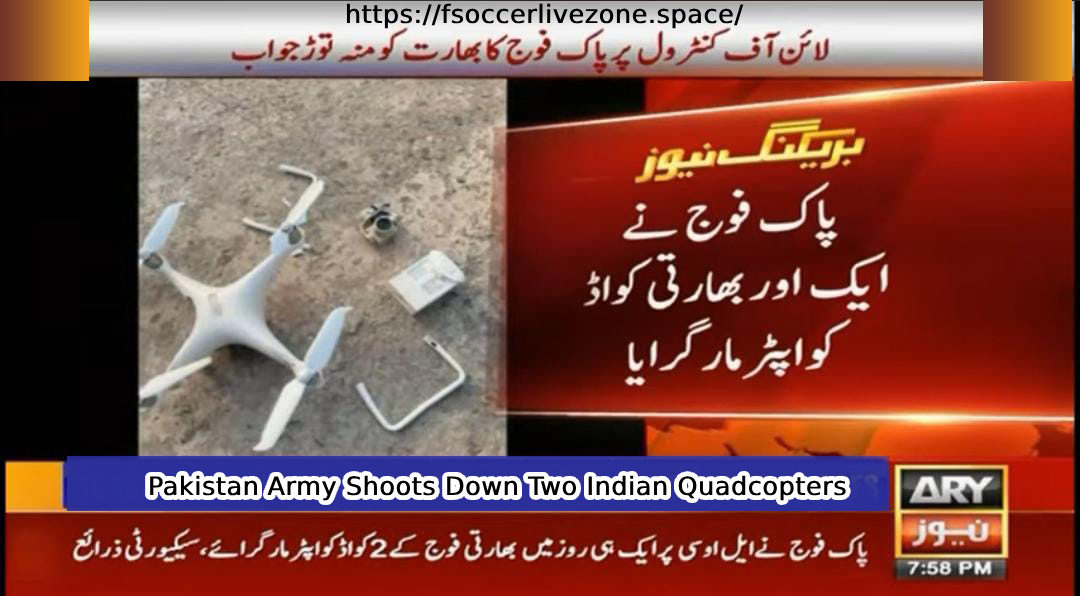Introduction
The FIFA World Cup 2026 is not just another football tournament—it is poised to be one of the most groundbreaking events in sports history. As the beautiful game returns to North America after more than three decades, the 2026 edition of the FIFA World Cup promises to be a spectacle of unmatched scale and excitement.
Co-hosted by the United States, Canada, and Mexico, the 2026 World Cup marks a significant shift in how the tournament is structured and experienced. With the expansion to 48 teams, a broader global representation, and cutting-edge stadiums, fans worldwide are eagerly awaiting this iconic event.
In this article, we’ll explore every key aspect of the FIFA 2026 World Cup—from host cities and venues to tournament format, expectations, controversies, and everything in between.
Table of Contents for FIFA World Cup 2026
- ✅ Overview of FIFA World Cup 2026
- 🗺️ Host Countries and Cities
- 🏟️ Stadiums and Infrastructure
- 🔢 New Tournament Format: 48 Teams Explained
- ⚽ Qualification Process and Participating Nations
- 🎯 Key Players and Teams to Watch
- 📺 Broadcasting and Media Rights
- 🌍 Economic and Cultural Impact
- 💬 Controversies and Criticisms
- 🔮 Predictions and Expectations
- 📅 Important Dates and Fixtures
- 🧠 Fun Facts and Records
- 🏁 Final Thoughts
✅ Overview of FIFA World Cup 2026
The 2026 edition of the FIFA World Cup is unique for several reasons. It will be:
- The first World Cup to feature 48 teams, up from the previous 32.
- Jointly hosted by three nations—the United States, Mexico, and Canada.
- Spanning 16 cities across the host countries.
- Expected to attract over 5 million live spectators and billions of global viewers.
This tournament sets a new precedent for inclusivity, scale, and technological innovation. FIFA President Gianni Infantino described it as “the most inclusive and impactful World Cup in history.”
🗺️ Host Countries and Cities
1. United States
The U.S. will host the lion’s share of matches, with 11 cities chosen:
- New York/New Jersey (MetLife Stadium)
- Los Angeles (SoFi Stadium)
- Dallas (AT&T Stadium)
- Atlanta (Mercedes-Benz Stadium)
- Houston (NRG Stadium)
- Philadelphia (Lincoln Financial Field)
- Seattle (Lumen Field)
- San Francisco/Bay Area (Levi’s Stadium)
- Miami (Hard Rock Stadium)
- Boston (Gillette Stadium)
- Kansas City (Arrowhead Stadium)
2. Canada
Canada will host games in:
- Toronto (BMO Field)
- Vancouver (BC Place)
3. Mexico
As a football-loving nation, Mexico brings historical significance. It becomes the first country to host the World Cup three times, having done so in 1970 and 1986. Mexican host cities include:
- Mexico City (Estadio Azteca)
- Guadalajara (Estadio Akron)
- Monterrey (Estadio BBVA)
🏟️ Stadiums and Infrastructure
All selected stadiums are state-of-the-art, with most being NFL-standard facilities in the U.S., already capable of handling massive crowds. Some key features include:
- SoFi Stadium in Los Angeles: Among the most advanced sports venues worldwide.
- Estadio Azteca in Mexico City: Rich in football legacy, having hosted two World Cup finals (1970, 1986).
- BC Place in Vancouver: Known for its retractable roof and vibrant city setting.
All venues are being upgraded to meet FIFA’s stringent requirements, including changes in pitch size, security, accessibility, and sustainability.
🔢 New Tournament Format: 48 Teams Explained
One of the most talked-about changes in FIFA 2026 is the expansion to 48 teams. Here’s how it works:
➕ Group Stage
- 12 groups of 4 teams each.
- Top two teams from each group, along with the eight best third-placed teams, advance to a 32-team knockout round.
🧮 More Matches
- A total of 104 matches, compared to 64 in previous editions.
- Matches are planned to avoid player burnout and maximize global broadcasting windows.
This format ensures more nations can participate, especially from underrepresented regions like Africa, Asia, and Oceania.
⚽ Qualification Process and Participating Nations
The qualification process for the 2026 World Cup began in 2023 and includes all six FIFA confederations:
- UEFA (Europe): 16 slots
- AFC (Asia): 8 slots
- CAF (Africa): 9 slots
- CONCACAF (North/Central America): 6 slots (including hosts)
- CONMEBOL (South America): 6 slots
- OFC (Oceania): 1 slot
- Intercontinental Playoffs: 2 slots
With Canada, Mexico, and the U.S. automatically qualifying, CONCACAF will still have more room for regional powerhouses like Costa Rica, Panama, and Jamaica.
🎯 Key Players and Teams to Watch
While the full list of qualified teams will only be confirmed in 2025, here are some expected highlights:
🏆 Top Contenders for FIFA World Cup 2026
- Argentina: Reigning 2022 champions, likely led by young stars like Julián Álvarez.
- France: A powerhouse team with talents like Kylian Mbappé and Eduardo Camavinga.
- Brazil: Always in the conversation, with a new generation led by Rodrygo and Vinícius Jr.
- England: Youthful and ambitious, with stars like Jude Bellingham.
- Spain, Germany, Portugal: Teams in rebuilding phases, but never to be underestimated.
🌟 Rising Nations
- Japan and South Korea from Asia
- Senegal, Morocco, Nigeria from Africa
- Canada and USA, especially with their booming domestic leagues and young squads
📺 Broadcasting and Media Rights for FIFA World Cup 2026
The FIFA 2026 World Cup will be one of the most watched events in history.
- FOX Sports (USA), TSN (Canada), and Televisa (Mexico) have secured broadcasting rights.
- Streaming services like YouTube TV, Peacock, and FuboTV will also carry live matches.
- Expected viewership: Over 5 billion people globally.
📱 Digital Engagement
FIFA plans to integrate AI, AR, and interactive features into its official apps and websites, enhancing fan engagement like never before.
🌍 Economic and Cultural Impact& FIFA World Cup 2026
The 2026 World Cup is expected to generate over $11 billion in revenue for host nations combined. Key benefits include:
- Tourism boom: Millions of fans traveling across borders
- Job creation: Tens of thousands of temporary and permanent jobs
- Infrastructure development: Public transport, hospitality, and city upgrades
Culturally, the tournament fosters international unity and collaboration among nations, despite global political tensions.
💬 Controversies and Criticisms
Despite the excitement, FIFA 2026 is not without its critics.
🔄 Format Concerns
- Critics argue that expanding to 48 teams may dilute the quality of competition.
- Fears of “dead rubber” matches with little competitive meaning.
🏗️ Environmental Impact
- The carbon footprint of such a widespread event is significant, with increased air travel and construction.
- FIFA has promised to make it the greenest World Cup yet—but sustainability watchdogs remain skeptical.
⚖️ Political Concerns
- Hosting matches across three countries may create logistical and visa-related challenges for fans.
- Security and crowd control are other major concerns, especially in high-density cities like New York and Mexico City.
🔮 Predictions and Expectations
While it’s too early to predict the winner, several storylines are already shaping fan expectations:
- Can Messi or Ronaldo make a surprise return for one last dance?
- Will a non-European or non-South American team win the World Cup for the first time?
- Can Canada or the U.S. make a deep run on home soil?
With more teams, more matches, and more fans, the margin for error is small, but the opportunity for historic breakthroughs is immense.
📅 Important Dates and Fixtures for FIFA World Cup 2026
While the final fixture list will be released closer to the event, here are some key expected dates:
- Opening Match: June 11, 2026
- Group Stage: June 11 – July 2
- Knockout Rounds: July 3 – July 15
- Final Match: July 19, 2026 (Expected to be held in New York/New Jersey)
🧠 Fun Facts and Records
- First World Cup to be hosted by three countries.
- Most teams ever: 48 nations.
- Mexico’s Estadio Azteca will become the first stadium to host 3 World Cup opening matches.
- Canada will host World Cup matches for the first time in history.
🏁 Final Thoughts About FIFA World Cup 2026
The FIFA World Cup 2026 is set to redefine what a global sporting event can be. With an expanded format, more inclusivity, cutting-edge venues, and three passionate host nations, it will be a football carnival like never before.
As the world counts down to kickoff, one thing is clear: the 2026 FIFA World Cup will be more than just a tournament—it will be a celebration of global unity, sporting excellence, and the undying love for the beautiful game.





